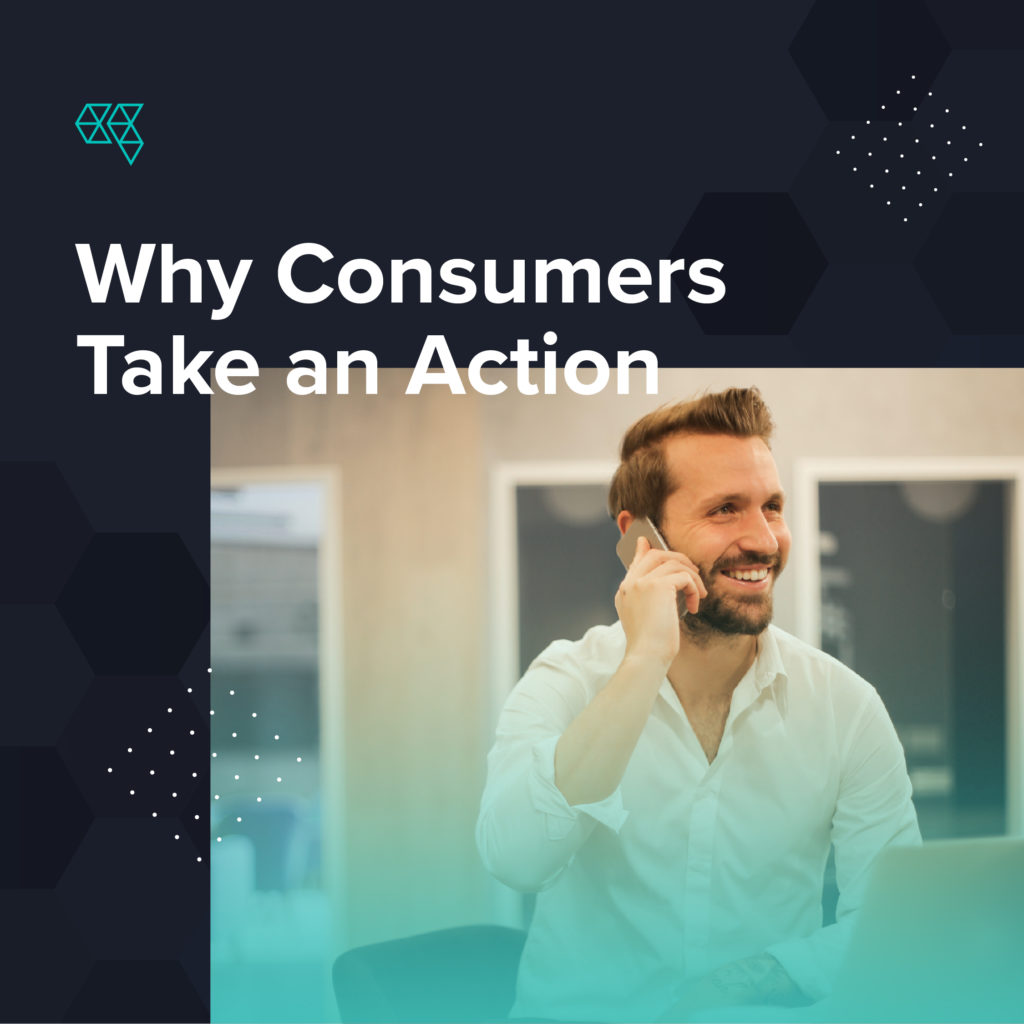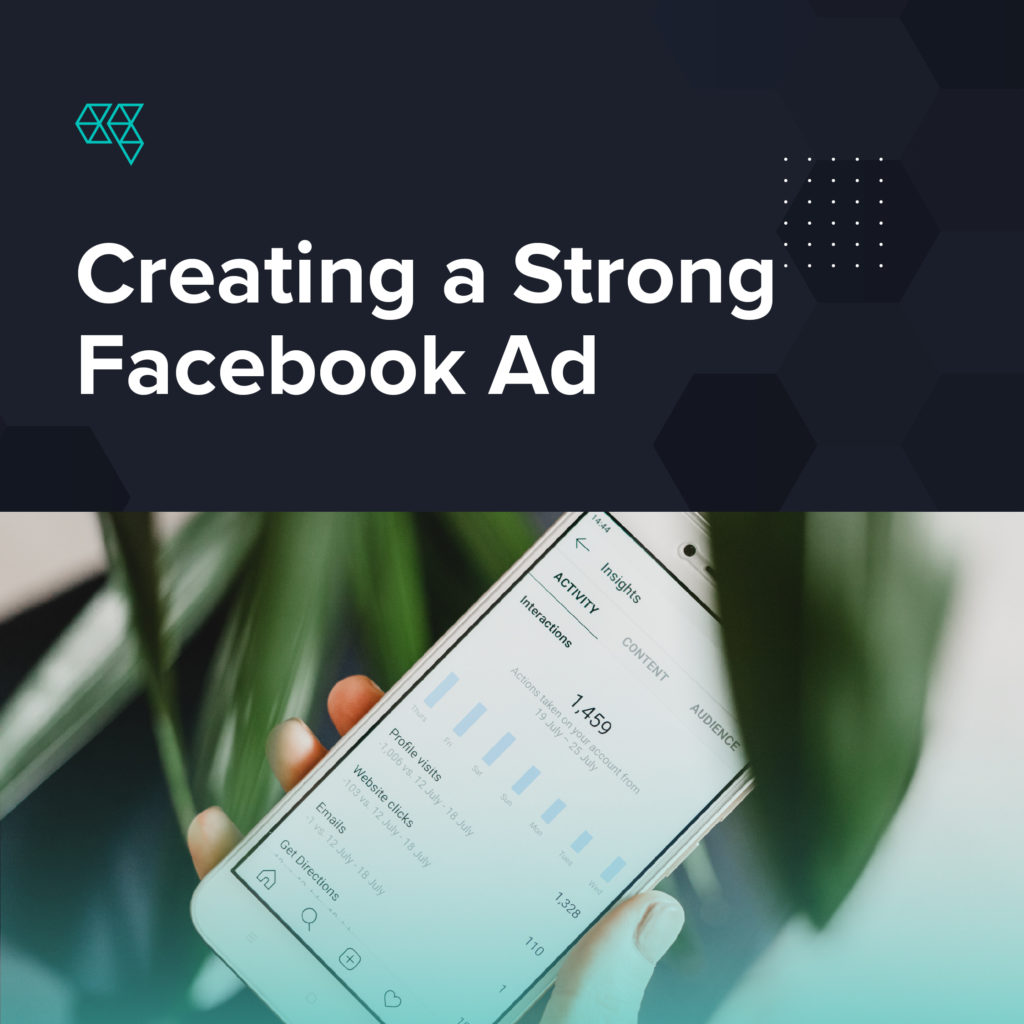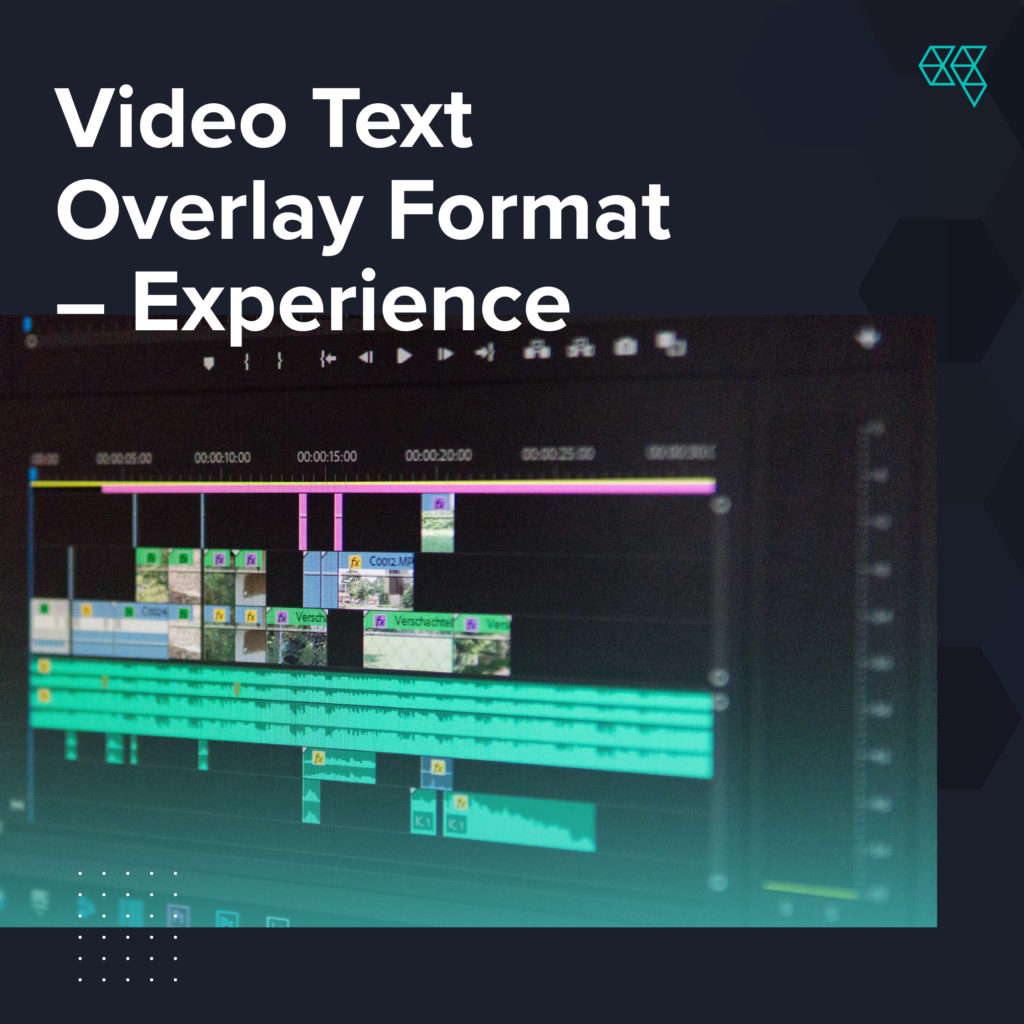
Remembering Why Consumers Take an Action
The majority of consumers make a purchase for the following reasons. They want to:
- Make money – What are 5 ways our product/service will help them make money?
- Save money – How can our service help them save money over the next week, month, or year?
- Save time – How much time can we save them and what else can they do with this time?
- Avoid effort – What is something they don’t have to do anymore once they get our service?
- Escape mental or physical pain – What pain do we eliminate for them and what does that do for their life?
- Get more comfort – What are 3 ways our service makes them feel more comfortable?
- Gain praise – What are 3 ways that buying our product or service will help them be complimented by their friends or family?
- Feel more loved – How does our product or service help them feel more love from their family, significant other, coworkers, etc.
- Increase popularity – How will buying our product/service make them feel more popular?
- Achieve better health – How does our service help them feel more alive? More healthy?
Identify which of the above reasons your target audience most likely wants which is a result of the offer / ad we are promoting.

Our Best Copywriting Tips
- Make your copy all about them. Remove or dramatically minimize mentions of (I, me, my, we, and ours).
- Consumers want to picture themselves getting the results or benefits of your promoted product/service.
- Consumers want their problems solved, needs met, and wants achieved.
- Target the emotions someone may be feeling that your product/service solves and relieves.
- 5x as many people read the headlines than they do copy, remember this.
- Most consumers are afraid of making mistakes.

Creating a Strong Facebook Ad
Creating a high-converting Facebook ad starts with the following framework and outline.
- Start with a question that resonates with your target audience. Ask something that they’ll respond “yes” to and identify with.
- Build rapport through story telling or sharing something you have found that will be intriguing enough for them to read.
- There needs to be some sort of time sensitivity to the ad and offer. How long is this promotion running? When is the cutoff? When is this available to?
- Present the offer and how this offer solves a specific pain point.
- CTA – include a call-to-action, what do you want them to do next?
An alternative variation to writing strong advertisements is the following:
- Get attention.
- State the problem.
- State how our product/service is the solution.
- How is our product/service superior?
- Ask for the order.

Our Best Video Copywriting Tips
- Hook – Asking a question that resonates with the audience.
- Intro – Who we are, what we do.
- Itinerary – What are we covering?
- Delivery – Deliver the information we’re covering.
- Recap – Recap the information we covered, summarize it.
- CTA – What call-to-action do we want the user to take.

Video Text Overlay Format – Experience
The following framework outlines text overlay that would exist across a 15-30 second video.
The text should be on screen long enough for the reader to completely read.
Any video utilized should be used to compliment the text overlay and tell the story.
- If you experience (pain point #1)
- Then your (benefiting factor) will love (product/service)
- (product/service) + (benefit #1)
- No more (pain point #1)
- No more (pain point #2)
- CTA

Our Best Hooks
- Start off with a statistic. An example would be “You have an average of 8 seconds to capture a consumer’s attention, make them count with compelling copy.”
